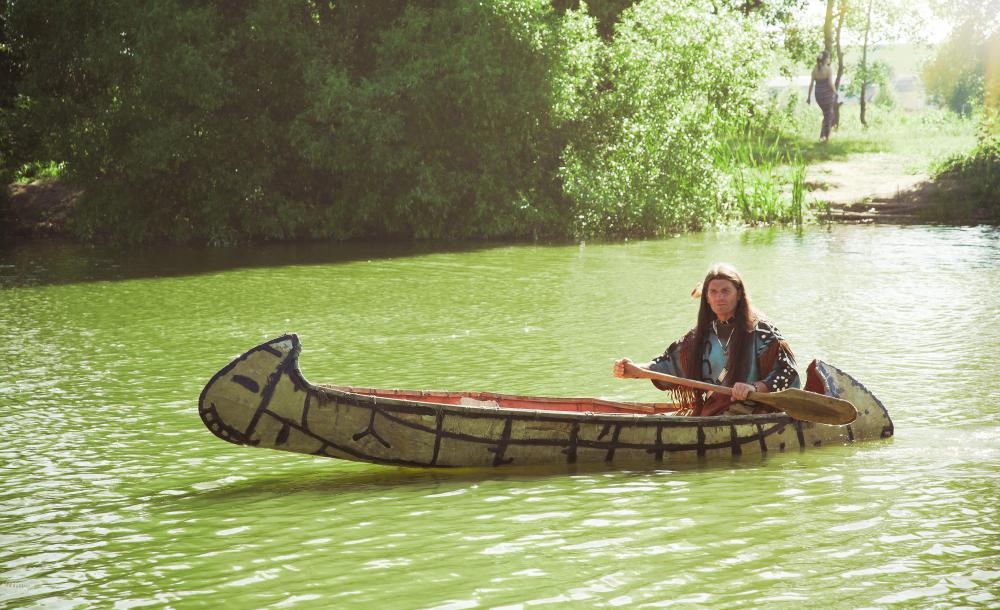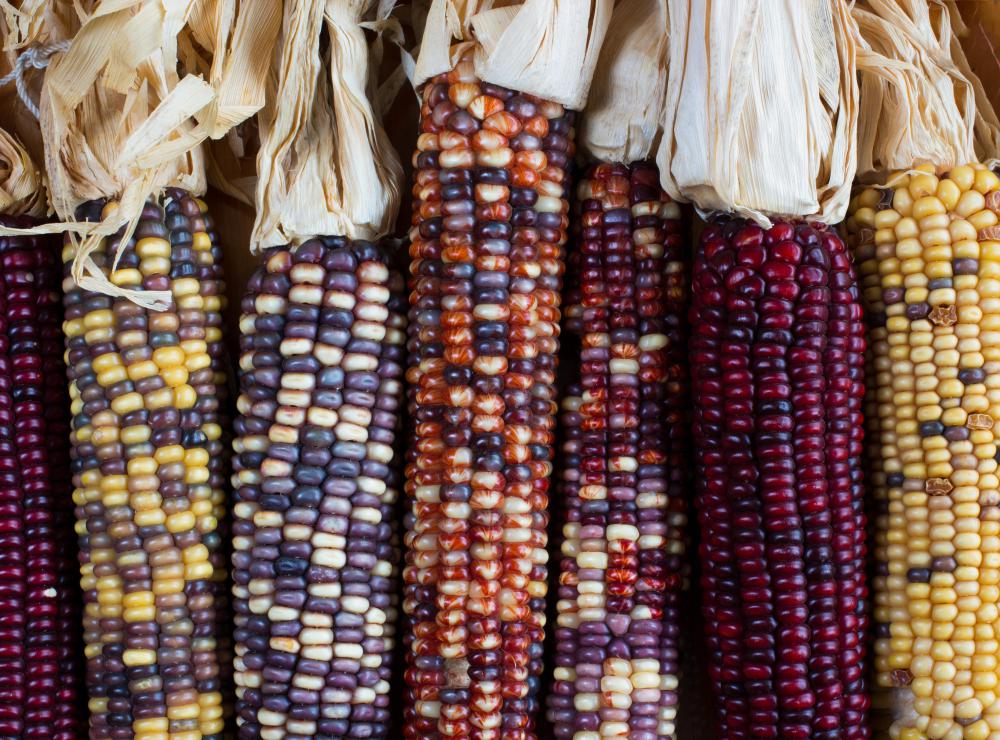At WiseGEEK, we're committed to delivering accurate, trustworthy information. Our expert-authored content is rigorously fact-checked and sourced from credible authorities. Discover how we uphold the highest standards in providing you with reliable knowledge.
Who Are the Iroquois People?
The Iroquois people are a group of indigenous inhabitants of North America, comprised of many different tribes. The name of the tribe given to them was the Haundenosaunee people, which means the "people of the longhouse," but Iroquois was the name given to them by European settlers. They originally settled in the areas around the northeastern parts of the United States, commonly known as upper New York, and can still be found in that area, along with the bordering territories of Canada.
It is estimated that along with the rest of the Native American tribes, the Iroquois people settled in the northeast around 1000 AD and then they migrated in various directions to find better climates for their farming. The most common crops grown included corn, beans, squash, sunflowers, and tobacco. During this time the Iroquois tribes were peaceful, tended to their farms, and lived a life of little violence and unrest. Starting in 1350 AD, a small ice age fell over the area and wars began when other Native American tribes tried to move into the warmer climates were they had settled and built their tribes.

During the 1400s the Iroquois people formed an alliance known as the Iroquois Nation, or Confederacy, which was made up of five different tribes originally. The main tribes included the Mohawk Nation, the Oneida, the Cayuga, the Seneca, and the Onondaga tribes. This alliance was between different Iroquois tribes in an attempt to ally against the various enemies that were beginning to surface, including the European people when they began settling into the area. This tribe lasted as a group of Native Americans to be reckoned with until the American revolution began, at which time part of the group fought alongside of the colonists, while the remaining groups remained as troops for Great Britain.

Due to the melting pot nature of the Iroquois people, their culture, religion and way of life varied in many different ways. They grew in strength and numbers by taking and assimilating surviving members of tribes they conquered. At their most powerful, they numbered at approximately 12,000 in the early 1600s. Over the next two centuries, the Iroquois people would become embroiled in many of the European settlers' wars and politics, eventually leading to the extermination and removal of many tribes to various Native American territories in the mid 1800s. It is difficult to determine the exact number of Iroquois living today, but 1995 Tribal registrations put the number at below 100,000 in Canada and the US. According to the 2000 census, more than 80,000 people in the US claim to be descendants of the Iroquois Nation.
AS FEATURED ON:
AS FEATURED ON:













Discuss this Article
Post your comments